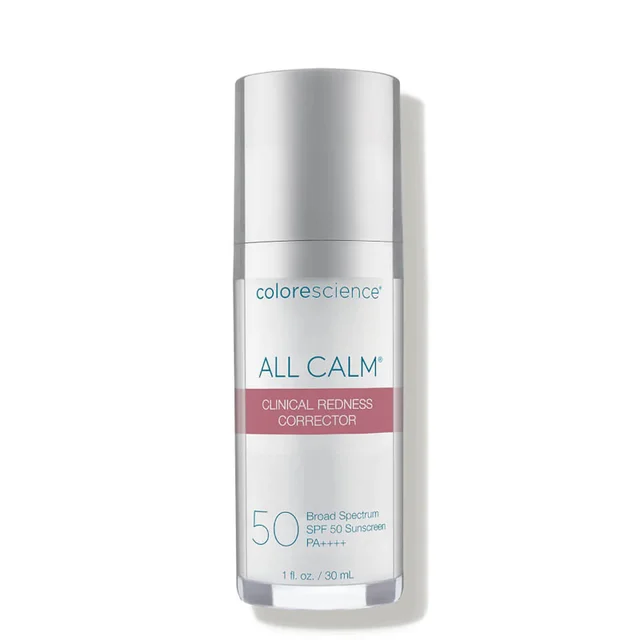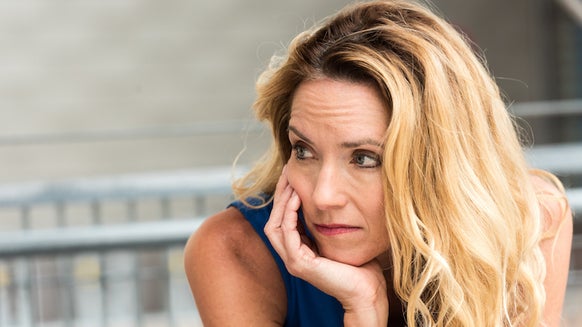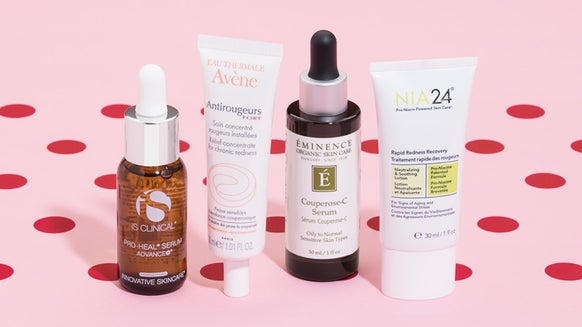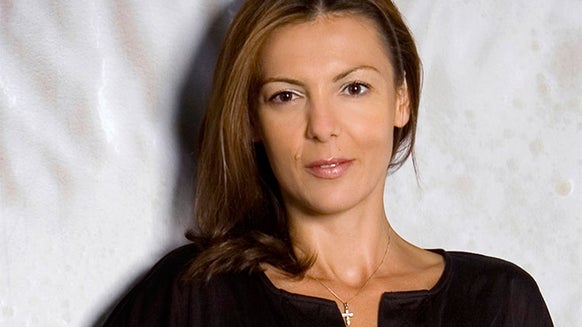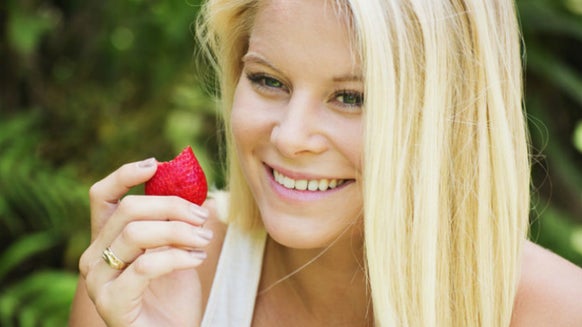8 Telltale Signs You Have Rosacea (and Not Acne)
Those awkward teen years of reddened acne and obstinate whiteheads make for plenty of cringe-worthy memories. Yet, many people find that these skin problems arise well into adulthood, bringing with them fresh uncertainties. Rosacea is nicknamed "adult acne" because this skin condition normally kicks into action in your 30s and 40s. However, rosacea is not the same as acne and has some telltale symptoms that make it stand apart from its pimply cohort.
1. Flushing
Non-stop flushing, especially across the nose and cheeks, is often one of the first symptoms rosacea patients notice. Unlike a fleeting blush, the flushing—also known as erythema—lasts for days on end and can be exacerbated by overheating, drinking alcohol and sun exposure.
2. Prominent Blood Vessels
Following on the heels of that persistent blush, blood vessels often rise up to the surface of skin and boost the ruddy, splotchy appearance commonly associated with rosacea patients. These prominent vessels around the nose, cheeks and chin differentiate rosacea from a common blush or hot flash.
3. Rosy Nose
While both men and women can develop rosacea, men are more likely to develop an inflamed, pulpy and reddened nose. This particular discomfort develops because the sebaceous glands on the nose swell, leaving behind discoloration, inflammation and a noticeable buildup of old skin cells.
4. Pimples
Rosacea can worsen and develop acne-like symptoms if it goes without treatment. Small pimples commonly crop up across the forehead, cheeks and chin in untreated and more severe or prolonged cases. However, you won't develop blackheads or whiteheads because of rosacea.
5. Thickened Skin
Unlike common acne or sunburn, skin thickens and feels rough around the chin, nose, cheeks and forehead in the later stages of rosacea. Skin can also start to feel inflamed or swollen during sustained flare-ups.
6. Eye Discomfort
While rosacea tends to affect the nose and cheeks, more than half of sufferers also experience eye inflammation and discomfort. Bloodshot eyes, an irritating, gritty feeling and swollen eyelids commonly develop alongside the skin symptoms and often appear in more moderate to severe cases.
7. Excessive Dryness
Moderate-to-severe rosacea breakouts tend to leave skin stressed, inflamed and susceptible to outside irritants. The protective barrier on skin is also compromised, leaving skin sensitive to harsh soaps, dry air and outside pollutants.
8. Stinging and Burning
Inflamed, irritated skin often starts to itch, sting or burn. Rosacea and its hot discomfort tends to stay confined to the face alone, which is a key to telling if you have this particular skin condition. However, look for the redness and irritation spreading to the neck and chest because some rosacea symptoms spread into these areas.
This article has been reviewed by board-certified dermatologist Dr. Emmy Graber.

From the latest hair and makeup trends to the best solutions for your skin issues, we've got all your beauty concerns covered!



